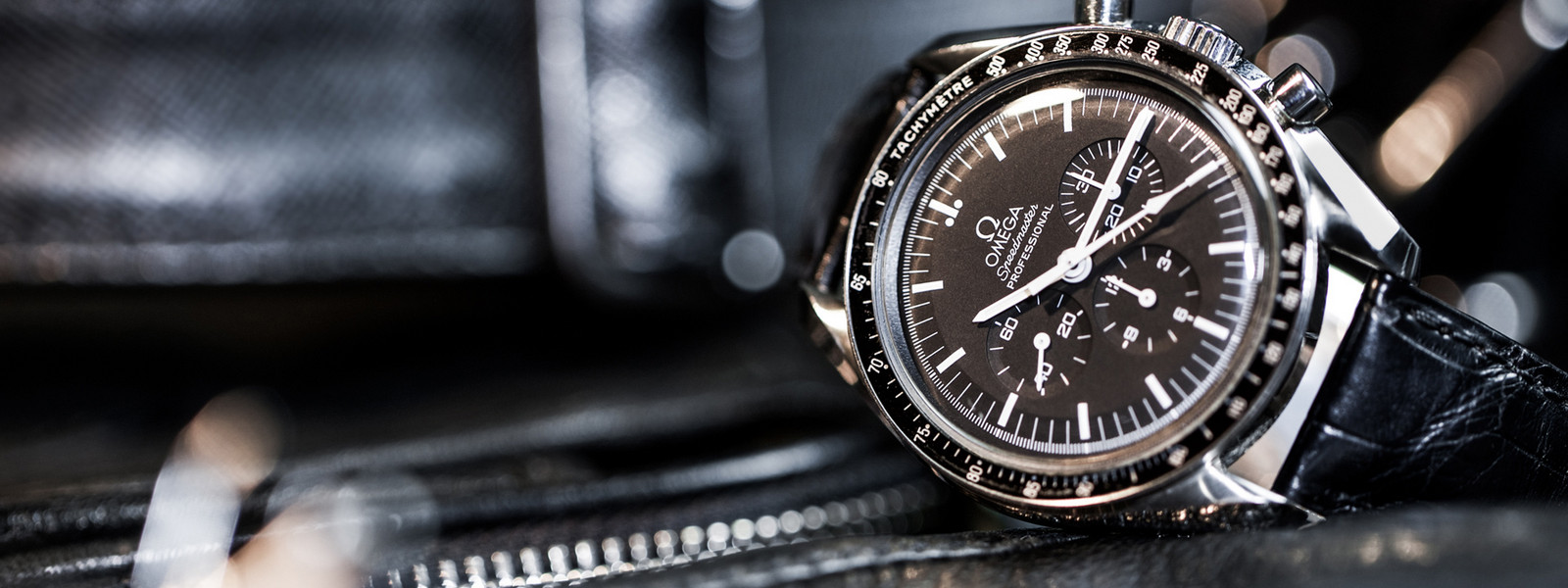The astronaut Buzz Aldrin wore a robust chronograph on the wrist at the moon landing 1969, at that time, simply called Speedmaster Professional. The Omega Speedmaster had to withstand extensive test procedures (impact testing, acceleration, vibration and temperature fluctuations between -18 and +93 degrees Celsius, 16 times acceleration (g), pressure of 200 m water depth, antimagnetism, overpressure, noise) of NASA. The Omega Speedmaster Professional has been able to push through hundreds of other models during the NASA test and has become the official watch for all astronauts. The competitors came from famous houses such as Rolex and Longines. Omega applied with the Speedmaster model (ST105.003 of 1964), Rolex sent the so-called pre-Daytona model, the Cosmograph chronograph (Ref. 6238) with the Valjoux 72 movement. The "Original-Speedmaster", caliber 321 wore the reference number CK 2915, it existed since 1957. There are still discussions, whether it is exactly this model, which Aldrin carried on his wrist, when he entered together with Niels Armstrong the moon. Today, sinfully expensive collector watches. Meanwhile the chronograph known as Moonwatch has already become a legend and occupies a very special place in the history of space research. The racer Speedmaster turned into the NASA space travel watch. The Omega Speedmaster has participated in every manned NASA mission since March 1965. Thanks to its precision and reliability, this manual wind chronograph showed the crew of the damaged Apollo 13 capsule the way back to Earth. For this first-rate contribution, OMEGA received the "Snoppy Award", the highest award granted by the NASA astronauts. In the meantime, there are countless versions of the chronograph. Omega watches were present at 118 space missions and 6 moon landings. They have accompanied a total of 9 spaceflights.






















